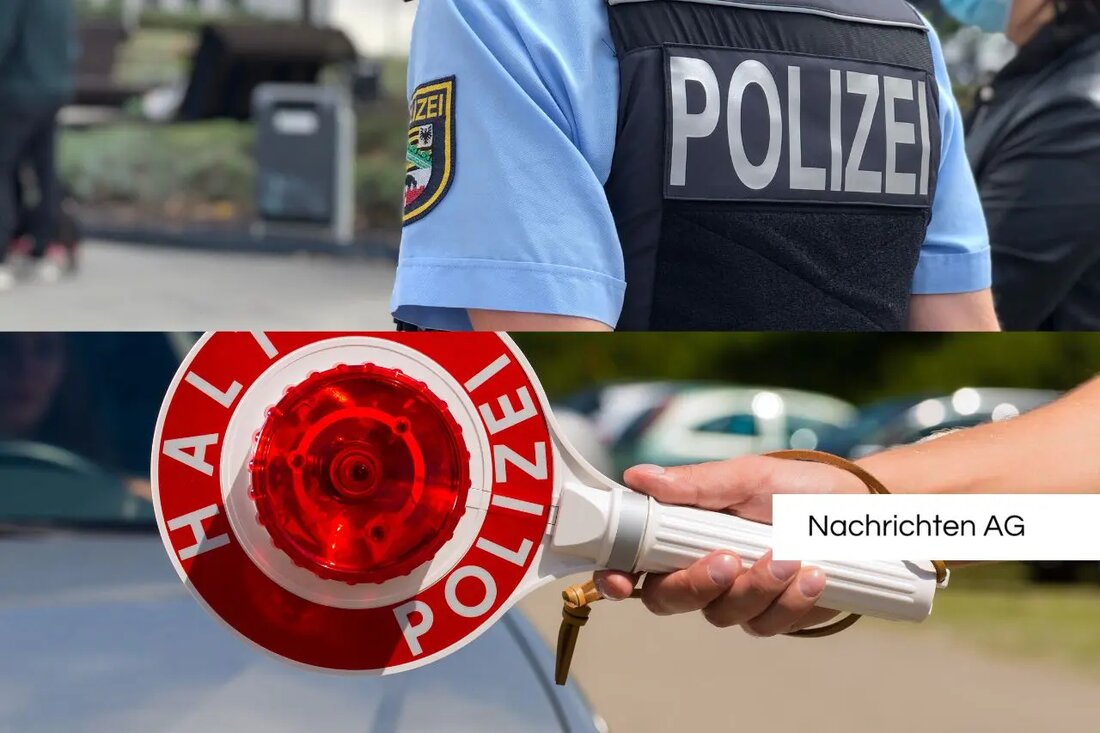The war: Saarland commemorates the forced laborer and victim!
The war: Saarland commemorates the forced laborer and victim!
In the context of the 80th anniversary of the end of the war, the Saarland discusses the serious consequences of the Second World War and the culture of remembrance to the events at that time. The invasion of the US Army in the spring of 1945 was a turning point when the Allies violently ended the war because the National Socialist regime did not want to negotiate. In this final phase, terror and violence increased, which heavily burdened the civilian population. Many lost relatives, in particular through the murder of Jews and the missing among the soldiers. So reports sr.de who were deported to Saarland, and highlights the documentation of this story Johannes-Kepler-Gymnasium in Lebach.
The West Wall Museum in Sinz records the regional history of the war on the "Orscholzriegel". The memories of the horrors of the war are very important, with various people and organizations in Saarland actively work to preserve these moving experiences. There are memorial locations, especially for the Jewish victims, who often did not leave any graves, for example in front of the synagogue in Saarbrücken. The Volksbund Deutsche Wargräberfürsorge has transformed many graves into anti-war memorials.
memory and contemporary witness reports
There is special attention to the contemporary witnesses, which as children witnessed in 1945, which happened at the time. SR 3 reporter Katja Preißner visited these people to capture their stories. It becomes clear how much the horrors of the war are anchored in personal memories. On May 4, 2025 at 12:30 p.m., a feature is broadcast on SR 3 Saarland wave and is also available in the SR 3 podcast and in the ARD audio.
A comprehensive consideration of the post -war period shows how DPS (Displaced Person) was perceived in society. Spiegel.de reported that these people were discredited as criminal and anti-social statistics, even though this could not be confirmed by any crime statistics. Even British, French and American soldiers had a negative attitude towards German DPS, which were often perceived as less likeable.
The challenge of return
A year after the end of the war, about a million DPS still lived in the western occupation zones. Between May and September 1945, around 33,000 deportation was returned to their home countries every day. The military authorities often treated DPS like third -class people, which made it difficult to return. The knowledge of the east-west tension led to the insight that a hard core of DPS could no longer be repatriated, especially the Polish DPS, the repatriation of which was blocked by the Soviets.
The Urra survey of May 1946 shows that eight out of ten Polish DPS did not want to return. Repatriation as a solution turned out to be increasingly unlikely. In 1947 the International Refugee Organization (IRO) took over the tasks of the Unrra, but the success remained moderate. Often there were sick people, old people and families with children - unattractive for recording countries.
In contrast to Jewish DPS, who were aiming for an organized relocation to Palestine, other groups had to deal with strong discrimination. At the end of 1946 the British changed their course and equalized the treatment of the DPS of the German population. American authorities, on the other hand, sharpened their control over the camps and mowed DPS in Army newspapers. The difficulties of this transition made the late examination of the Nazi compulsory work all the more urgent.
Forced labor in National Socialist Germany remained a secret injustice for a long time. It took up to 65 years after the end of the war for a compensation debate for the victims. According to information from bpb.de , the foundation "Memory, Responsibility and Future" issued around 4,7 billion euros at 1.7 million survivors. As part of this processing, an online archive with 590 memory reports of former forced laborers was set up.
| Details | |
|---|---|
| Quellen | |


Kommentare (0)